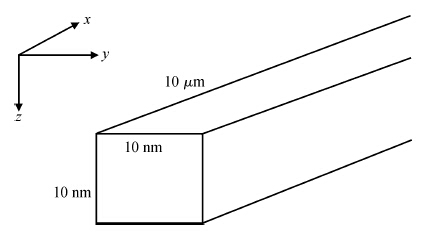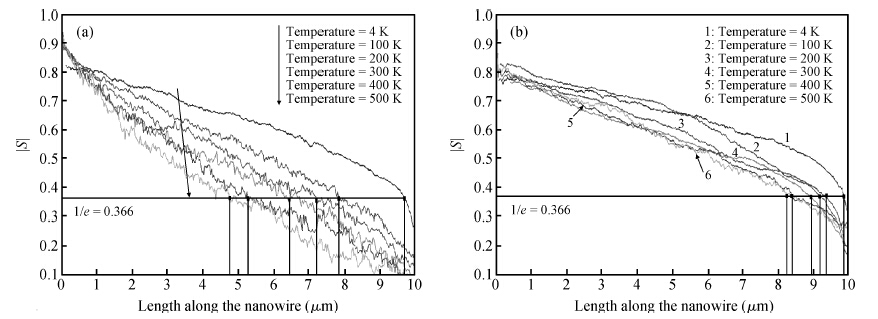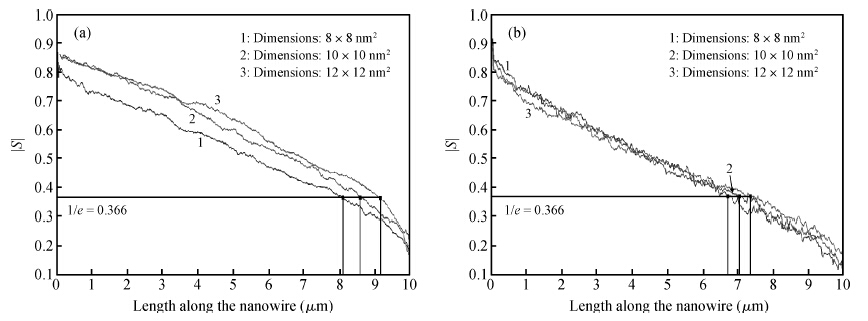| Citation: |
Sabiq Chishti, Bahniman Ghosh, Bhupesh Bishnoi. Monte-Carlo simulation studies of the effect of temperature and diameter variation on spin transport in II—VI semiconductor nanowires[J]. Journal of Semiconductors, 2015, 36(2): 022001. doi: 10.1088/1674-4926/36/2/022001
****
S Chishti, B Ghosh, B Bishnoi. Monte-Carlo simulation studies of the effect of temperature and diameter variation on spin transport in II—VI semiconductor nanowires[J]. J. Semicond., 2015, 36(2): 022001. doi: 10.1088/1674-4926/36/2/022001.
|
Monte-Carlo simulation studies of the effect of temperature and diameter variation on spin transport in II—VI semiconductor nanowires
DOI: 10.1088/1674-4926/36/2/022001
More Information
-
Abstract
We have analyzed the spin transport behaviour of four II—VI semiconductor nanowires by simulating spin polarized transport using a semi-classical Monte-Carlo approach. The different scattering mechanisms considered are acoustic phonon scattering, surface roughness scattering, polar optical phonon scattering, and spin flip scattering. The II—VI materials used in our study are CdS, CdSe, ZnO and ZnS. The spin transport behaviour is first studied by varying the temperature (4—500 K) at a fixed diameter of 10 nm and also by varying the diameter (8—12 nm) at a fixed temperature of 300 K. For II—VI compounds, the dominant mechanism is for spin relaxation; D'yakonovPerel and Elliot Yafet have been actively employed in the first order model to simulate the spin transport. The dependence of the spin relaxation length (SRL) on the diameter and temperature has been analyzed. -
References
[1] [2] [3] [4] [5] [6] [7] [8] [9] [10] [11] [12] [13] [14] [15] [16] [17] [18] [19] -
Proportional views






 DownLoad:
DownLoad:
















